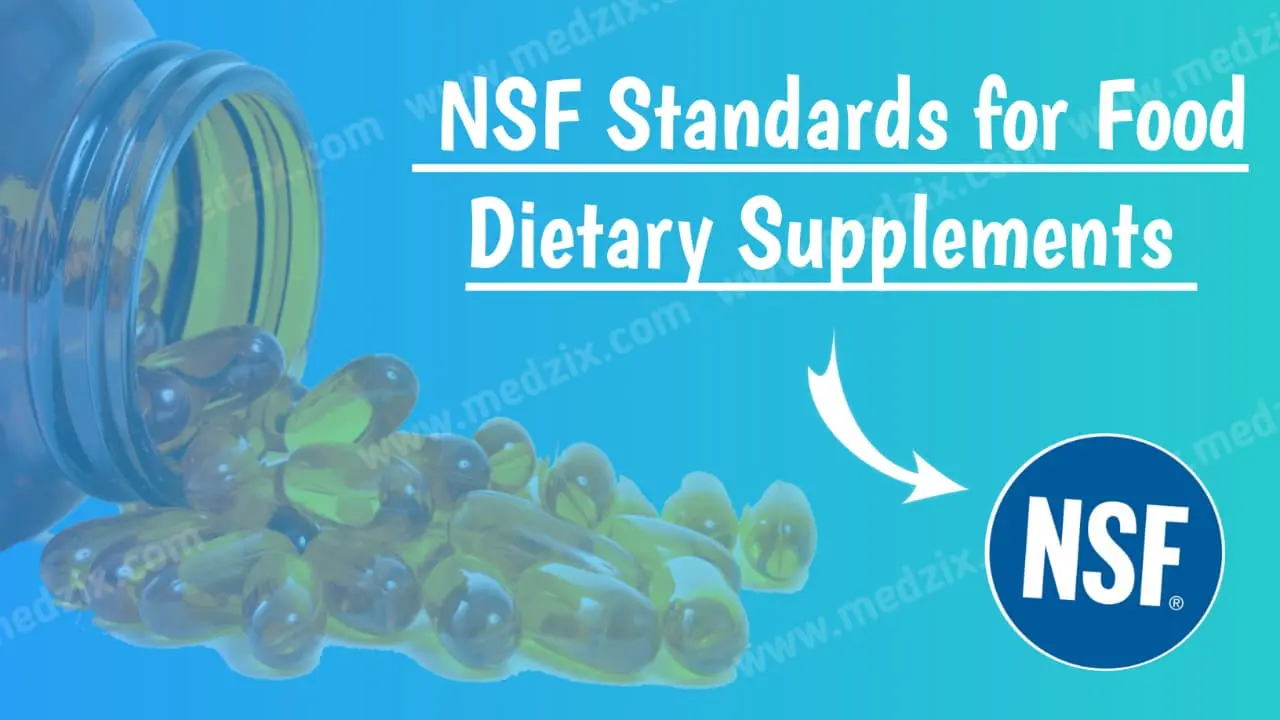Purpose:
This Standard provides test methods and evaluation criteria for dietary supplement products to allow for the determination that the ingredients in the product are accurately identified, that the product contains the quantity of dietary ingredients and marker constituents declared on the product label, and that the product does not contain unacceptable quantities of contaminants. This Standard also provides criteria for determining that GMP were followed in the production of dietary supplements.
Scope:
This Standard contains requirements for dietary supplements that contain one or more of the following dietary ingredients: a vitamin, a mineral, an herb or other botanical, an amino acid, a dietary substance for use by man to supplement the diet by increasing the total dietary intake, or a concentrate, metabolite, constituent, extract, or combinations of these ingredients. This Standard does not include products represented for use as conventional foods.
Products and ingredients deemed a hazard to public health or safety by a regulatory agency having power shall be excluded from the scope of this document. Conventional foods are excluded from the scope of this Standard.
NSF Certification
A National Sanitation Foundation (NSF) certification is a certification that signifies a food
product meets the public health and safety standards set by the NSF. It’s a third-party
nonprofit certification that applies to the appliances and products found in a commercial
kitchen.
The certification process entails a constant evaluation and inspection of equipment,
facilities and production procedures and their ability to meet the safety standards.
Companies that make products that earn the certification receive the ability to place an NSF
seal on product packaging and materials. This helps the company prove and display its
status as a safe, high-quality producer.
Steps involved in earning an NSF Certification
- Submit an application
The application process includes providing contact information, facility addresses, product
descriptions and information about operating procedures. - Undergo product evaluation
The first stage of the NSF inspection is the product evaluation. An auditor takes and
evaluates a sample piece of equipment. - Complete lab testing
After the initial evaluation, the materials and products undergo lab testing. The lab tests to
ensure that the material and equipment are sanitary.
4.Pass a facility inspection
The NSF inspectors also perform facility inspections. They observe the manufacturing
environments and practices and look for potential safety, sanitation and quality issues. - Receive a certification
After completing the evaluation, inspection and lab results and determining that the
operation meets the standards, the candidate receives the certification. - Prepare for annual inspections
The NSF certification requires an annual reassessment to maintain a product’s certification
status, so it’s helpful to prepare for these inspections ahead of time.

